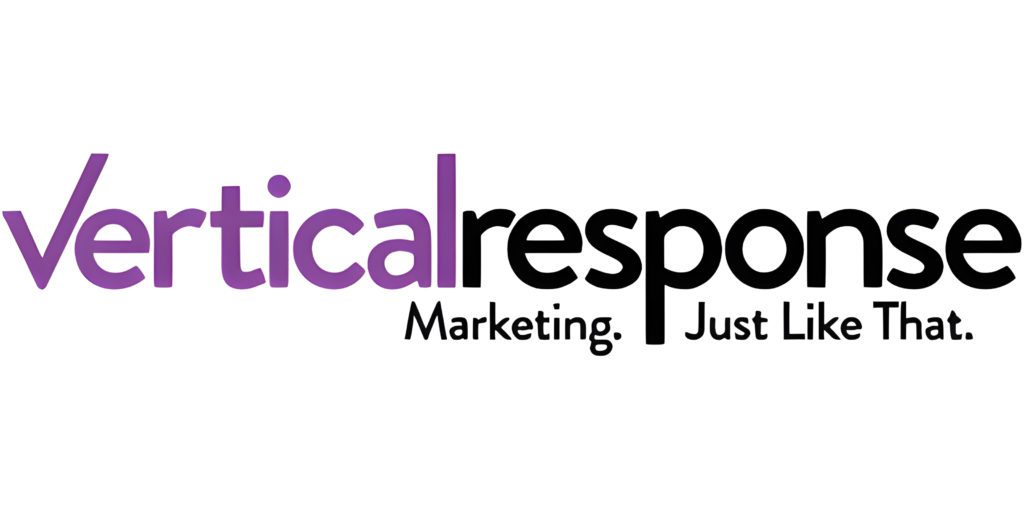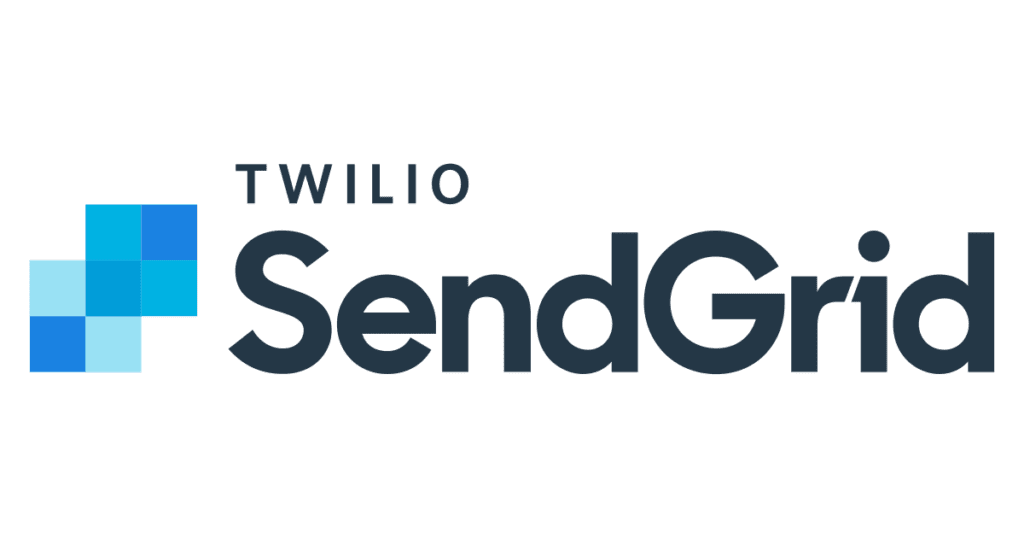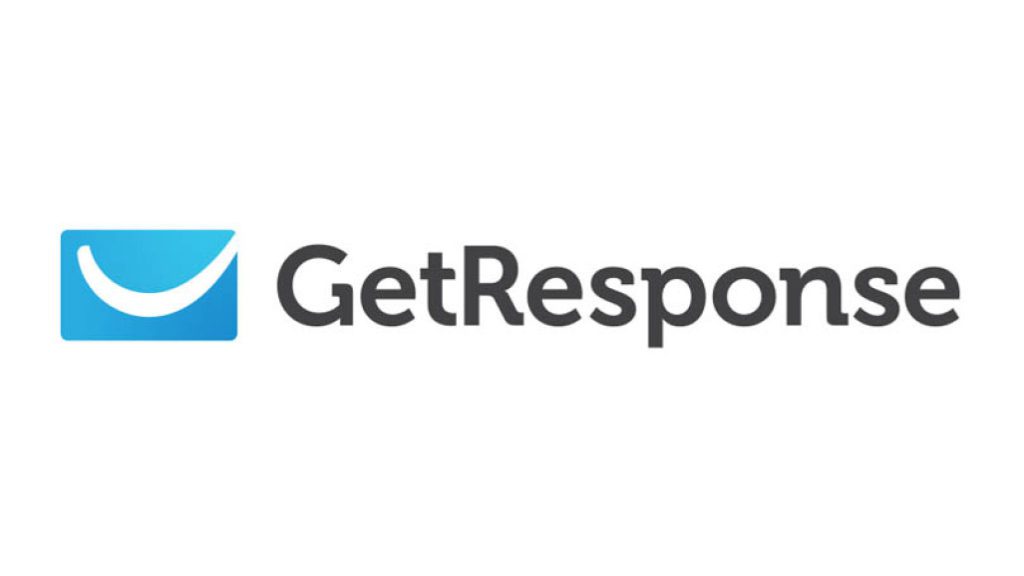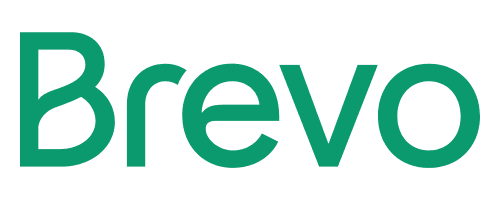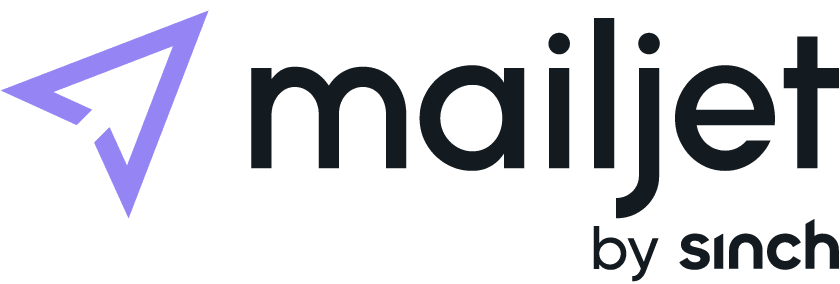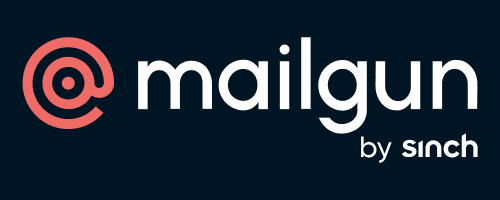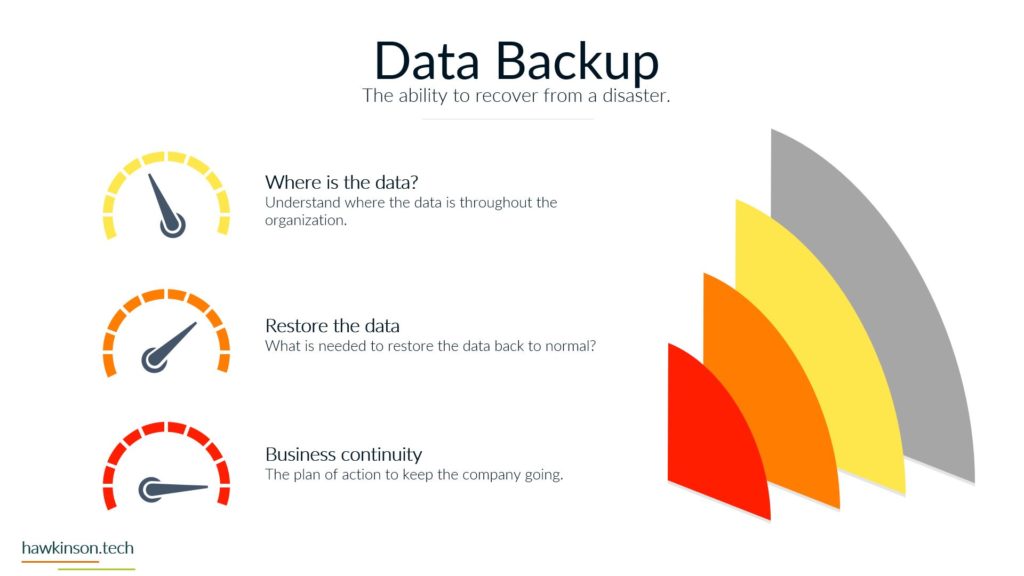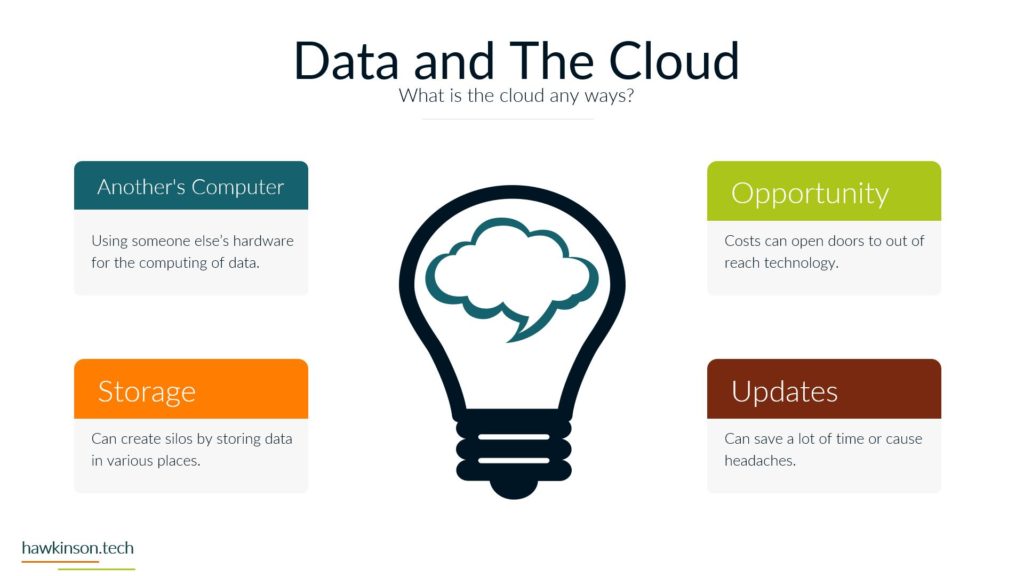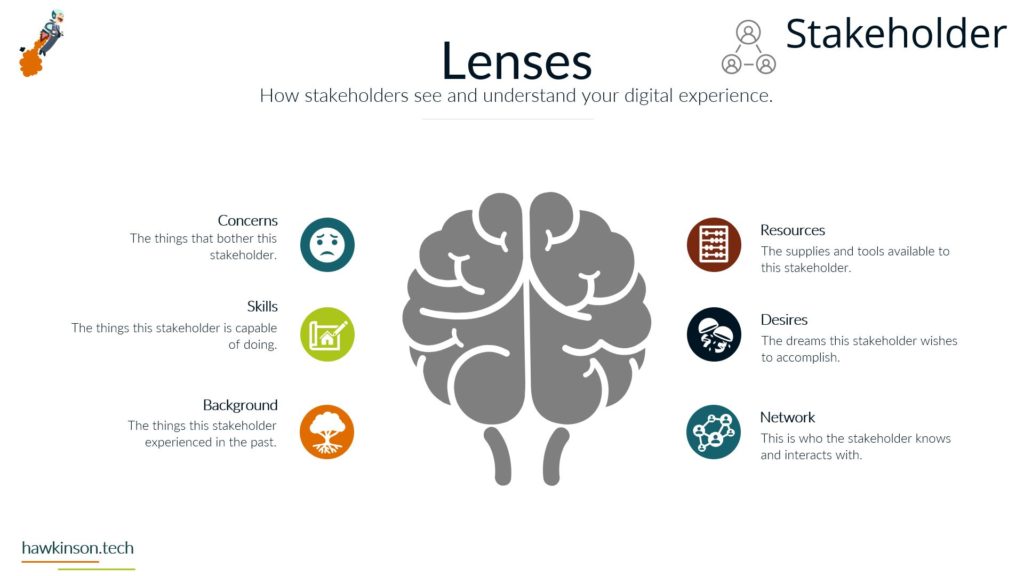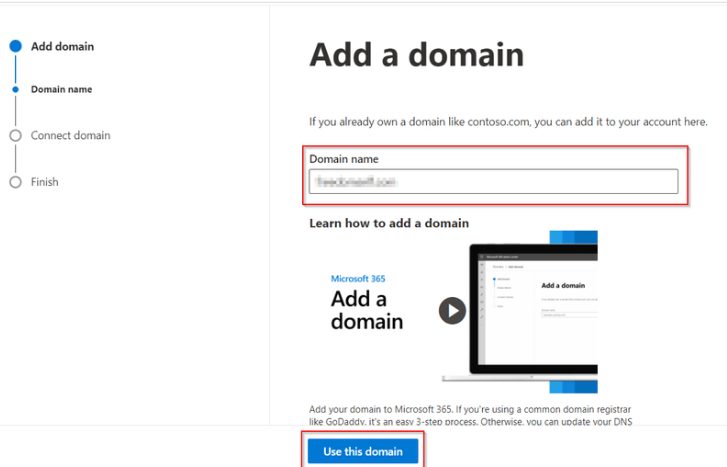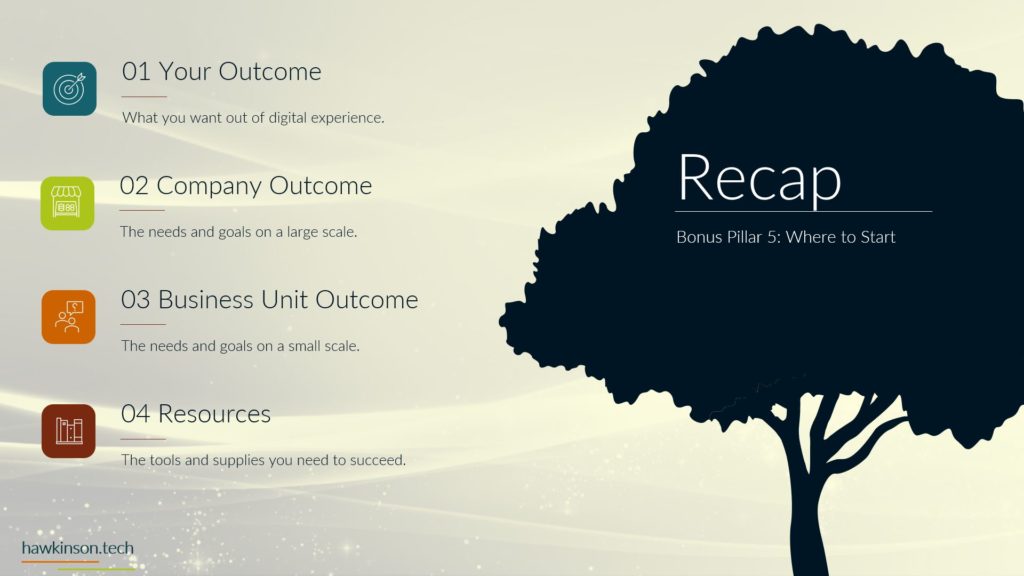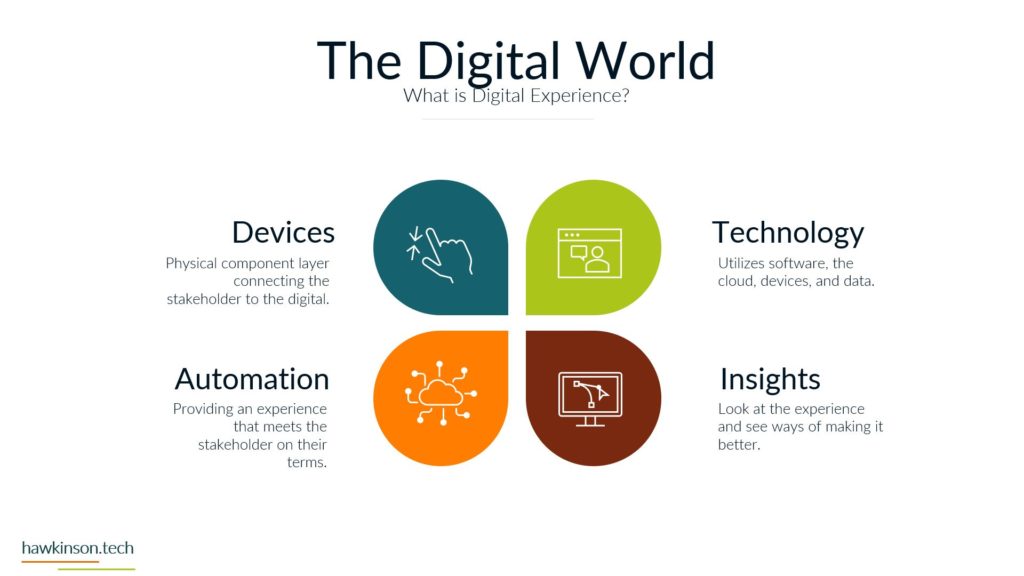Digital Experience Architecture and Strategy
Combining technology and psychology to create impactful user experiences.
Businesses and customers have been around since the first homo sapiens exchanged food for services (or vice versa). The first recorded customer complaint in history (complaint tablet to Ea-nāṣir) dates back to 1750 BCE, showing businesses have been working on customer experiences for over three millennia.
A lot has changed over the years. The customer experience used to be tied to a physical location, print (then radio and TV) ads, and direct interaction with business owners/staff. Now, it has gone digital. Your customers don’t discover you through classifieds or flyers. They come across your ads on social media or through a Google search. They don’t visit your physical presence of business first. Instead, they visit the website. The request for goods and services is mostly made online, and the feedback is not in person but rather in the form of a review connected to your online presence that others can see before they make up their mind about your business.
The whole customer experience has gone digital, and managing this digital experience can be make-or-break for your business…
This is where a Digital Experience Architect can help your business.
A digital experience architect designs, constructs, connects, and layers every digital pathway that leads to your business’s online or physical presence. They plan and implement the funnels that take an individual from discovering your business to becoming a customer. The better the architecture, the more customers it converts.
The good news is that a digital experience architecture doesn’t have to be built from scratch, unlike physical structures. It can be built using your business’s online presence and customer touchpoints that already exist. The right architect can fix and improve the existing pieces of your business’s digital experience and expand upon them.
The Right Digital Experience Architecture For Your Business
Leverages his expertise in four fields to create impactful digital experiences for many businesses. These fields are:
Neuroscience:
Understanding how the human brain works, how decisions are made, and the way different evolutionary layers of the brain can be leveraged to create an experience that resonates with the customers and makes a deep impression.
Psychology:
The knowledge of how people think, reason, and react to different stimuli allows him to design digital architectures that are able to hold customers’ attention and influence their decisions.
Computer science:
Extensive experience working with customer engagement and management technologies/platforms allow him to leverage the best-in-class tools and devise unique digital experience strategies for each business client.
Digital Experience:
The collective knowledge and expertise in these four fields makes unique qualified digital experiences that deliver on the promise of conversion. By dividing a business into individual layers and each layer into components, processes, and funnels. Allows businesses to develop potent customer experiences for a wide range of industries since this approach lets them cover and account for every customer touchpoint, regardless of the business model and industry.
For businesses, the benefits of his digital experience consultancy include (but are not limited to):
- Optimal use of resources and customer engagement budget for maximum conversions.
- Significant improvement of marketing ROI.
- Choosing SaaS and digital solutions perfectly suited to their digital experience needs.
- Improved customer retention and satisfaction rates.
Digital Experience Architecture
Foundation
Every well-grounded “architecture” requires a solid foundation. For digital experience architecture, that foundation supports three pillars upon which the digital experience is built. The three pillars are:
Stakeholders:
A stakeholder is everyone connected to the business. This includes internal stakeholders like employees and external stakeholders like customers and vendors. Each stakeholder has a different relationship with the business and a different degree of interaction. Ideally, the digital experience should take into account all stakeholders, not just the customers.
Layers:
Layers of a business are how everything gets done in a business, i.e., what’s coming into the business, how it’s handled and processed, and what goes out from the business.
Data:
Data is part of the lifeblood of most modern businesses. Understanding the data a business has access to, the data it can generate, and how to process it can help a business create a worthwhile digital experience.
The Three Foundations of Digital Experience Architecture
Stakeholders
Every business has a different set of stakeholders, and the key to creating the most impactful digital experience architecture is to identify and meet the needs of all stakeholders. However, it’s an ideal scenario, but even if you can’t meet the needs of every stakeholder associated with your business perfectly, you should still develop a comprehensive understanding of your stakeholders.
The two types of stakeholders are internal and external. The internal stakeholders are directly affected by a business’s performance and operations and have a vested interest in the success of a business, though it varies greatly from one stakeholder to another. This includes:
Investors:
Investors have a vested financial interest in the business. However, their relevance from a digital experience perspective may differ greatly from one business to another. For example, if you are a small business with venture capital investors or angel investors, they would be interested in your business idea and your execution. A digital experience is part of that execution, but you do not have to design it from the investor’s perspective since they will be connected with you (management/owners) directly. However, a business model that requires a constant stream of investors, like peer-to-peer lending or mortgage crowd-funding, may have to develop a digital experience that’s just as efficient at attracting and retaining investors as it is for customers (borrowers and mortgage seekers).
Employees:
Employees, from management level to c-suite executives, are one of the most significant assets of a business. Creating an engaging digital experience for them can be instrumental to the success of your business. Creating an efficient Digital Employee Experience or DEX can help you make your employees more productive, engaged, and motivated.
DEX and the need to optimize it for maximum profit varies greatly for different businesses and positions within an organization. Some employees may only engage with the company’s designated emailing or internal messaging system and attendance management systems. Others may have to use proprietary tools or custom-designed platforms to discharge their daily duties. If the digital experience is not designed with the employees in mind, it may backfire.
For example, incredibly sophisticated and feature-rich delivery software may be difficult to adopt and always underutilized by your delivery employees. In contrast, using rudimentary and underpowered technologies when you have a well-trained workforce may lead to underperformance. The digital experience encompasses every digital interaction your employee has with your business, from sending an email to utilizing their digital well-being perks from an HR portal, and if the digital experience is not optimally designed, it may reflect in ROI and low productivity.
Then there are external stakeholders.
Customers/Consumers/Clients:
The most significant stakeholders in any business are usually its customers/consumers/clients who buy the products or services you are selling. Most digital experience architectures are designed exclusively for them but relatively few businesses develop a digital experience that really helps them connect with their target market.
The first rule of creating a customer experience that your target market is likely to love is identifying who they are and what they are looking for, but it’s not always so easy. You may have a very specific product, like tools of a trade or a platform that’s only relevant to certain professionals (real estate agents, doctors, etc.). Or you provide services to a niche market or a well-defined subset of the market. This makes identifying the market easy and your digital experience is mostly focused on highlighting the strengths of your products and services that set you apart and are relatable to your target market.
The same benefit applies (to an extent) when you are offering products and services to a specific geographical market. Designing the right digital experience becomes complicated when the target market is broad in terms of age, geography, trade, etc. What’s appealing to teenagers might not resonate with an older audience. What’s commonplace in one geography may be considered rude or irrelevant in another. The right digital experience strategy for such businesses may vary from one to another. It may require designing and serving different digital experiences to different segments of your target market. Or building a digital experience that transcends the differences that exist between the segments of your target market.
Vendors/Suppliers:
It’s important to understand that for most vendors and suppliers, your business is the customer or client. They may already have a digital experience architecture in place to connect with you, and it might be the most optimal way for you two to connect. So when it comes to vendors and suppliers, adapting to their existing digital experiences and the platform they use to connect with you might be the best course of action.
Donors:
Donors are difficult to classify as internal or external stakeholders. They are invested in your business and your success. But you also have to sell them on your cause. They do not expect financial returns, but they want to know that their donations are making a difference. Regardless of how you classify them, a well-defined digital experience can be crucial in building trust with these donors.
There are other stakeholders as well, like government and community, and even though their interaction with your business may be sporadic or tangential at best, you may consider taking them into account when designing your digital experience. For example, for businesses that work in industries with strict compliance and government regulations, the right credentials and disclaimers should be an important part of your digital experience. If you are not qualified to give out financial advice and you are selling a course without a relevant disclaimer, it can easily turn into a regulatory nightmare. The same goes for healthcare-related products, financial services, etc.
As for community, a digital experience that’s insensitive to certain elements of a community or is not inclusive enough may face a backlash. Even if that backlash comes from people who aren’t part of your target market, it can still have a significant adverse impact.
Examples of Stakeholders in Different Businesses
You may have different stakeholders, whether you have a B2B, B2C, product-oriented, or service-oriented business.
A B2C business like a restaurant has three primary stakeholders: Consumers, suppliers, and employees (cooks and wait, staff). Its digital experience may be one-dimensional, i.e., focused on consumers only, especially the ones that order online. But the overreaching digital experience architecture should take into account how orders are received, feedback is managed, and how operations are connected to the inventory management (if it’s digital). All three of these are employee-facing facets of a B2C business’s digital experience. A B2C e-commerce business, however, may have to design a digital experience with both its employees and consumers in mind from the beginning. If it’s difficult for employees to manage inventory, handle purchase requests, coordinate deliveries, and communicate with the consumers, the business will suffer. Similarly, if the consumer can’t place an order, has trouble managing their cart items, or makes a payment, they may simply leave for your competitor.
B2B businesses like consultants and corporate coaches are usually one-person businesses. They focus on building a consumer-facing digital experience since the consumers are their only noteworthy stakeholders. The sophistication or depth of the digital experience depends upon their coaching style. If they mostly coach in person, the digital experience is primarily designed for conversion since the actual interaction would be in person. If they offer online coaching or courses, the digital experience will also focus on how the consumers interact with the online learning asset. If it’s too technical and the coaching is for old-school clients, the business may suffer.
Product-oriented businesses like clothing brands benefit from creating a digital experience that takes into account both the consumers and the employees. For example, if a company launches a new digital initiative like Augment Reality (AR) try-on without helping its employees transition to the new technology or get well-versed in its use, it may create some friction. Customer services may not be able to help the consumers, while designers may not have a clear understanding of how the new digital experience has changed customer expectations. Every major innovation in the digital experience for customers should also have an adequate counterpart for internal stakeholders.
Major stakeholders for a service-oriented business like property management are employees and clients, though they may have a heavier lean towards employees. The primary goal of the digital experience may be conversion and booking an appointment, which can be compelling without being needlessly sophisticated. However, the employees may have to use multiple digital tools, including inventory management, routing software, complaint/request handling platform, etc. The more seamless their handle on these technologies is, and in other words, the smoother their digital experience is, the better their quality of service might be.











